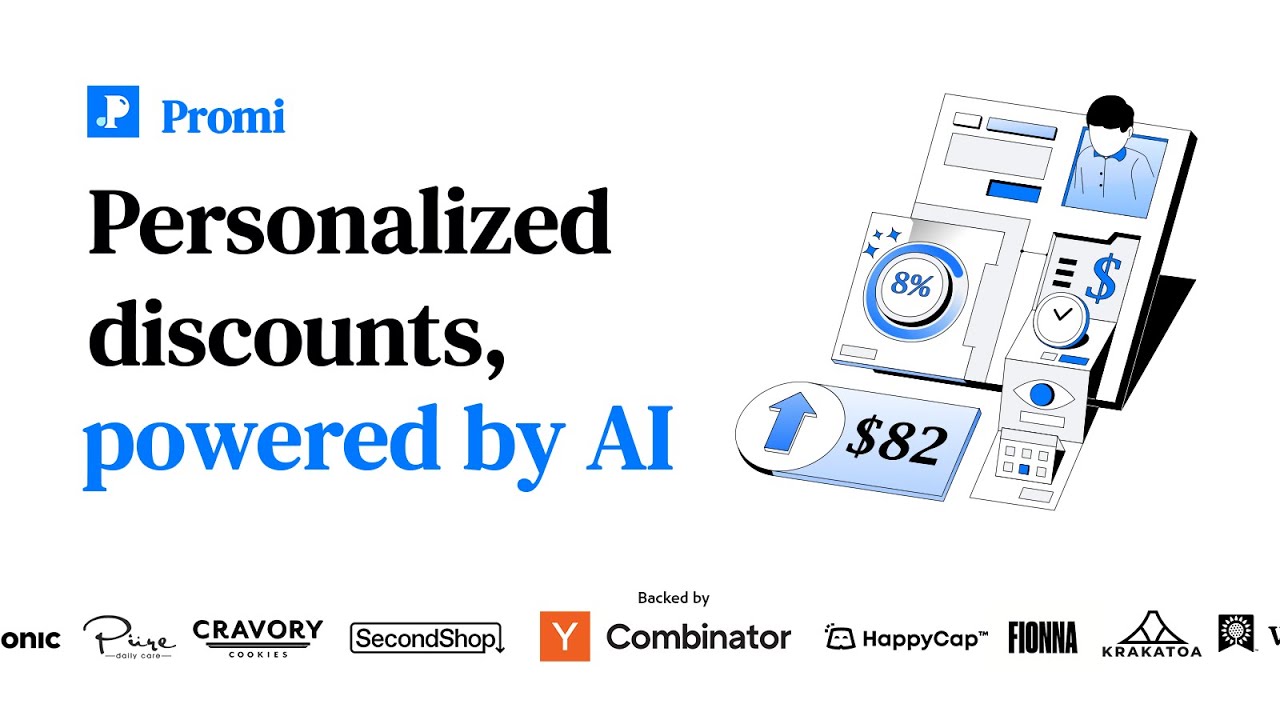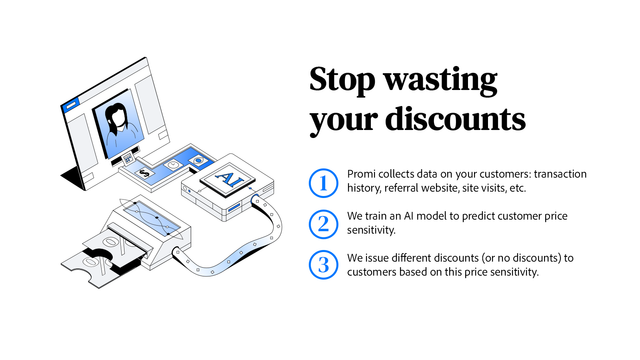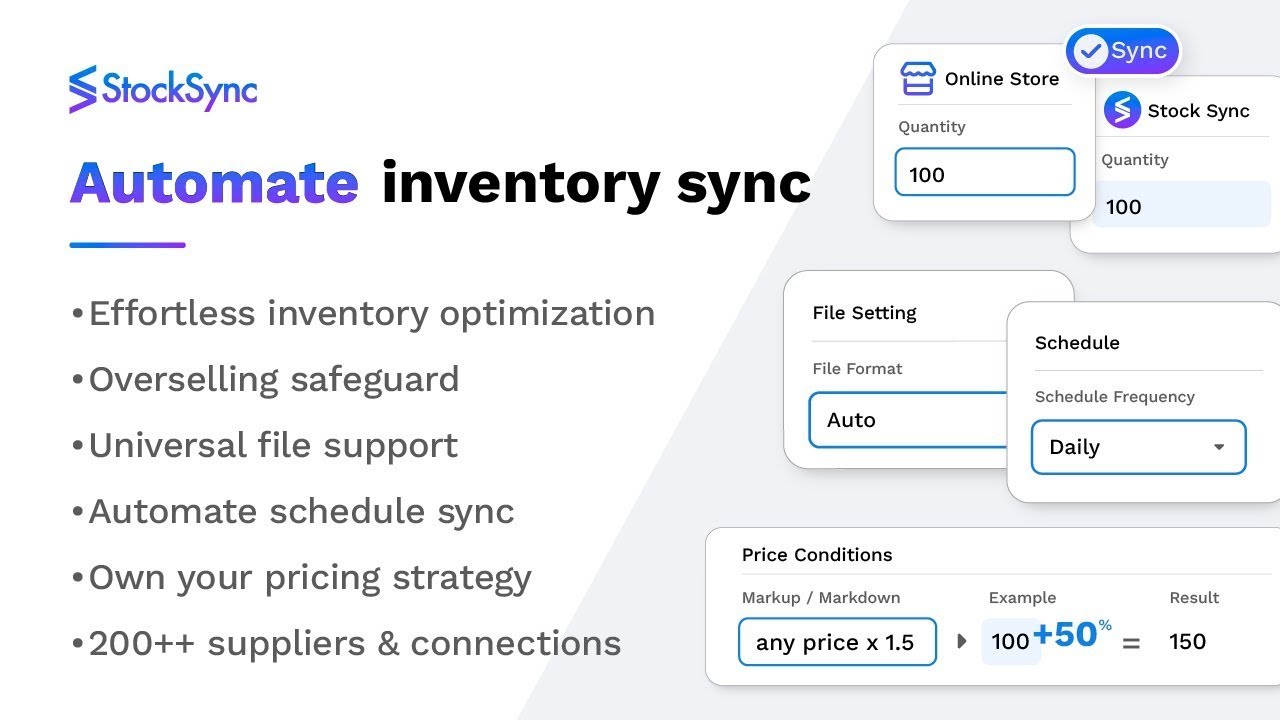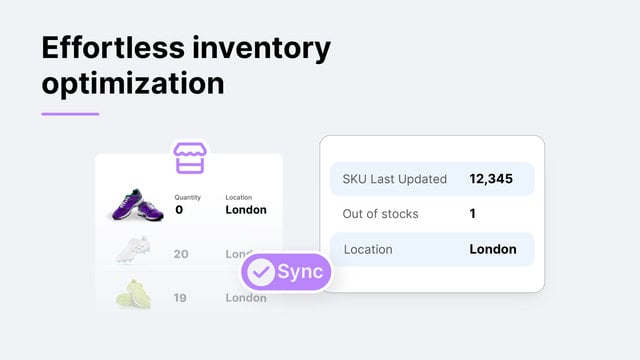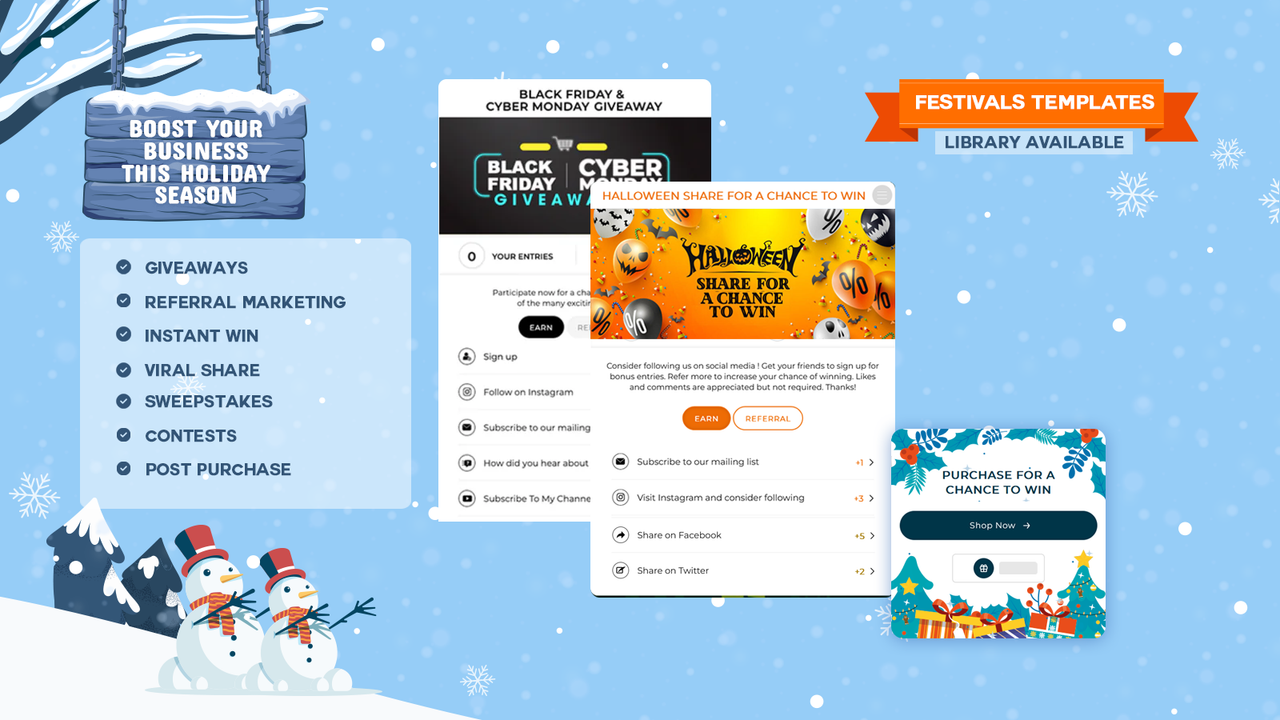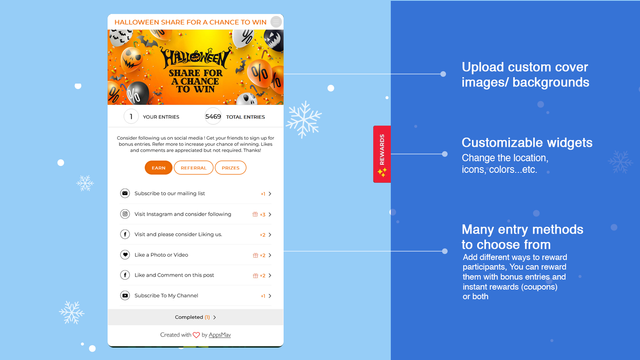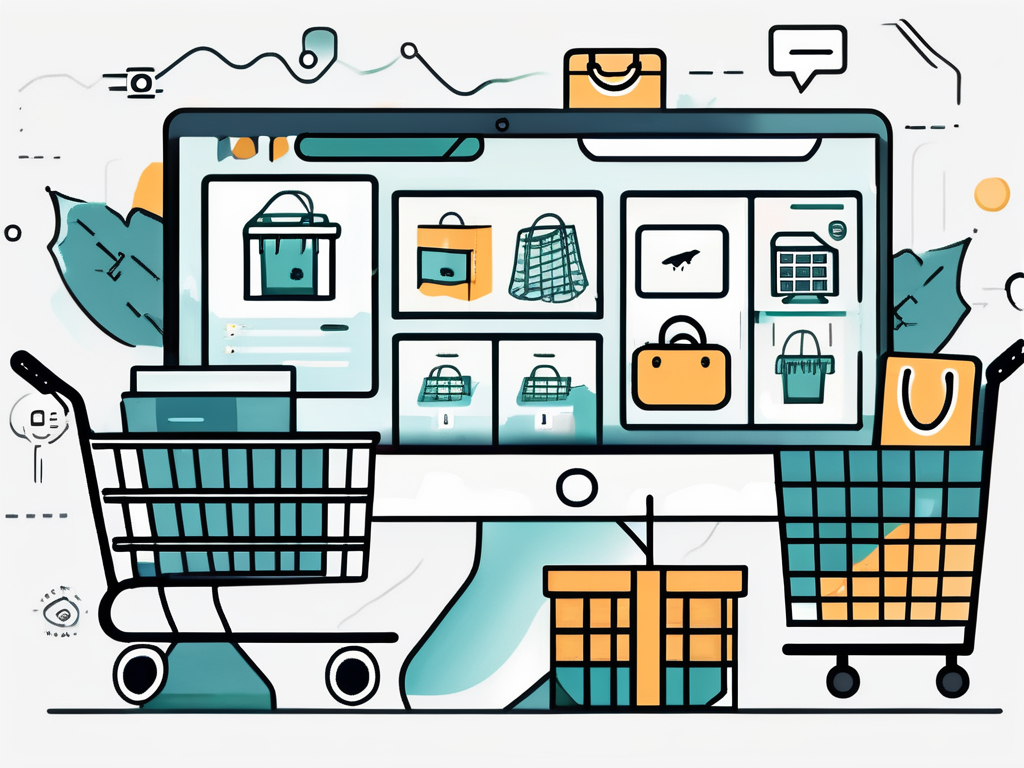In today's digital age, advertising has become an essential component of running a successful ecommerce business. With millions of online stores competing for attention, it's crucial to adopt effective strategies to stand out from the crowd. Shopify, one of the leading ecommerce platforms, provides merchants with a robust framework for building and running their online stores. However, simply setting up a Shopify store is not enough to guarantee success. To drive traffic, attract customers, and boost sales, you need to master the art of Shopify store advertising.
Understanding Shopify Store Advertising
Before diving into the intricacies of Shopify store advertising, it's important to grasp the concept itself. So, what exactly is Shopify store advertising? Put simply, it refers to the process of promoting your Shopify store and its products or services through various marketing channels. The goal is to increase brand awareness, drive targeted traffic to your store, and ultimately convert those visitors into paying customers.
Shopify store advertising encompasses a wide range of marketing activities, including social media marketing, search engine optimization (SEO), email marketing, influencer collaborations, and more. These efforts aim to create brand visibility, generate leads, and encourage potential buyers to make a purchase. By strategically targeting your ideal audience, you can maximize the effectiveness of your advertising campaigns and achieve a higher return on investment (ROI).
When it comes to social media marketing, platforms like Facebook, Instagram, and Twitter offer powerful tools for reaching your target audience. Through targeted ads, you can showcase your products to users who are most likely to be interested in what you have to offer. By leveraging the vast user base and advanced targeting options provided by these platforms, you can effectively increase brand exposure and drive traffic to your Shopify store.
Search engine optimization (SEO) is another crucial aspect of Shopify store advertising. By optimizing your website and product pages for relevant keywords, you can improve your search engine rankings and attract organic traffic from search engines like Google. This can be achieved through on-page optimization, such as optimizing meta tags and headings, as well as off-page optimization, such as building high-quality backlinks.
Email marketing is a powerful tool for nurturing leads and driving repeat purchases. By building an email list of interested prospects and customers, you can send targeted campaigns to promote new products, offer exclusive discounts, and provide valuable content. With the right email marketing strategy, you can build strong relationships with your audience and increase customer loyalty.
Influencer collaborations have become increasingly popular in the world of ecommerce. By partnering with influencers who have a relevant and engaged audience, you can tap into their influence and reach a wider customer base. Influencers can create sponsored content featuring your products, share their experiences with your brand, and encourage their followers to visit your Shopify store.
Now that we understand the various marketing activities involved in Shopify store advertising, let's talk about why advertising is so important for your Shopify store. Advertising is a vital component of any successful ecommerce business, and the same holds true for Shopify stores. Without effective advertising, your store may remain hidden among the vast ocean of online retailers.
By investing time and resources into advertising, you can ensure that your products and brand are in front of the right audience, increasing your chances of making profitable sales. Advertising allows you to showcase the unique features and benefits of your products, differentiate yourself from competitors, and build brand recognition.
Furthermore, advertising helps you build trust and credibility with potential customers. When they see your brand consistently across different marketing channels, it creates a sense of familiarity and reliability. This can be especially important for new or lesser-known Shopify stores that are trying to establish themselves in a competitive market.
In conclusion, Shopify store advertising encompasses a wide range of marketing activities aimed at increasing brand awareness, driving targeted traffic, and converting visitors into paying customers. By leveraging social media marketing, SEO, email marketing, influencer collaborations, and other strategies, you can effectively promote your Shopify store and achieve a higher ROI. Investing in advertising is crucial for the success of your Shopify store, as it helps you stand out in a crowded online marketplace and build trust with potential customers.
Setting Up Your Shopify Store for Advertising
Now that you understand the importance of advertising for your Shopify store, it's time to optimize your store to maximize its advertising potential. Here are a couple of key areas to focus on:
Optimizing Your Shopify Store Layout
The first step in preparing your Shopify store for advertising is to ensure that it is visually appealing and user-friendly. Your store's layout should be clean and organized, making it easy for visitors to navigate and find exactly what they're looking for. Consider using high-quality images, clear product descriptions, and intuitive categorization to enhance the overall browsing experience.
When it comes to the visual appeal of your store, it's essential to choose a theme that aligns with your brand image. A well-designed theme can create a positive first impression and make visitors more likely to explore your products further. Additionally, make sure that your store's layout is responsive, meaning it adapts seamlessly to different screen sizes. This way, whether customers are browsing on a desktop, tablet, or mobile device, they will have a consistent and enjoyable shopping experience.
Furthermore, consider incorporating customer reviews and testimonials into your store layout. Positive reviews can build trust and credibility, encouraging potential customers to make a purchase. Displaying reviews prominently on your product pages can help showcase the positive experiences of previous customers and increase the likelihood of conversions.
Preparing Product Descriptions for Advertising
Another crucial aspect to consider is the optimization of your product descriptions. Instead of simply listing features, take the time to craft compelling and persuasive product descriptions that highlight the unique benefits your products offer. Use language that resonates with your target audience, emphasizing the value they will gain from purchasing your products.
When writing product descriptions, it's important to strike a balance between providing enough information and keeping it concise. Avoid overwhelming customers with lengthy paragraphs or technical jargon. Instead, focus on the key selling points of your products and use bullet points or subheadings to break up the text and make it easier to scan.
In addition to highlighting the benefits, consider addressing any potential concerns or objections that customers may have. Anticipating and addressing these concerns in your product descriptions can help alleviate doubts and increase trust in your brand.
Furthermore, consider incorporating storytelling into your product descriptions. By creating a narrative around your products, you can engage customers on an emotional level and make them feel connected to your brand. Share the inspiration behind your products, the craftsmanship involved, or the positive impact they can have on customers' lives.
Lastly, don't forget to optimize your product descriptions for search engines. Use relevant keywords strategically throughout the text to improve your store's visibility in search results. Conduct keyword research to identify the terms and phrases that potential customers are likely to use when searching for products like yours.
Different Advertising Platforms for Shopify
Now that your Shopify store is ready for advertising, it's time to explore the different advertising platforms available. Here are two popular options:
Advertising on Social Media Platforms
Social media platforms, such as Facebook, Instagram, and Twitter, provide a vast audience for advertising your Shopify store. These platforms offer advanced targeting options, allowing you to reach potential customers based on their interests, demographics, and online behavior. Create eye-catching ad creatives, compelling ad copy, and enticing call-to-actions to capture the attention of your target audience.
Utilizing Google Ads for Shopify
Google Ads is another powerful platform for promoting your Shopify store. With Google Ads, you can display your ads alongside Google search results or on websites within the Google Display Network. By leveraging keywords and carefully planning your ad campaigns, you can reach potential customers actively searching for products or services similar to what you offer.
Creating Effective Shopify Ad Campaigns
Now that you have selected your advertising platforms, it's time to create effective ad campaigns. Here are a couple of key steps:
Defining Your Target Audience
Understanding your target audience is essential for creating successful ad campaigns. Take the time to research and define your ideal customer profile, including demographic information, interests, and pain points. This knowledge will help you tailor your advertisements to resonate with your target audience, increasing the chances of attracting qualified leads.
Crafting Compelling Ad Content
Once you understand your target audience, it's time to craft compelling ad content. Your ad copy and visuals should grab the attention of your audience and clearly communicate the value your products or services offer. Use persuasive language, highlight key benefits, and include a strong call-to-action to encourage users to click on your ad and explore your Shopify store further.
Measuring the Success of Your Shopify Ad Campaigns
After launching your Shopify ad campaigns, it's important to track their performance and measure their success. Here are a couple of ways to do so:
Understanding Shopify Analytics
Shopify provides built-in analytics tools that allow you to monitor and analyze various metrics related to your store's performance. These metrics include traffic sources, conversion rates, average order value, and more. By regularly reviewing your analytics, you can identify areas of improvement and make data-driven decisions to optimize your advertising efforts.
Key Performance Indicators for Shopify Advertising
When measuring the success of your Shopify ad campaigns, it's important to focus on key performance indicators (KPIs). These metrics will vary depending on your specific goals, but common KPIs include click-through rates (CTR), conversion rates, cost per conversion, return on ad spend (ROAS), and customer lifetime value (CLV). By monitoring these KPIs, you can assess the performance of your ad campaigns and make necessary adjustments to improve results.
Conclusion
In conclusion, advertising plays a crucial role in the success of your Shopify store. By understanding the fundamentals of Shopify store advertising, optimizing your store for advertising, selecting the right advertising platforms, creating effective ad campaigns, and measuring their success, you can drive targeted traffic to your store and increase your chances of making profitable sales. Remember, advertising is an ongoing process, so continuously testing, refining, and adapting your strategies will help you stay ahead of the competition and achieve long-term success with your Shopify store.
Ready to elevate your Shopify store's advertising game? Let Owlfred, your wise companion from OwlMix, guide you to the perfect tools for success. With our extensive directory of innovative Shopify apps, you'll find everything you need to enhance your online business—from advertising to analytics. Don't miss out on the opportunity to optimize your store. Find your next Shopify app today and watch your e-commerce experience take flight with Owlfred's expert recommendations!



